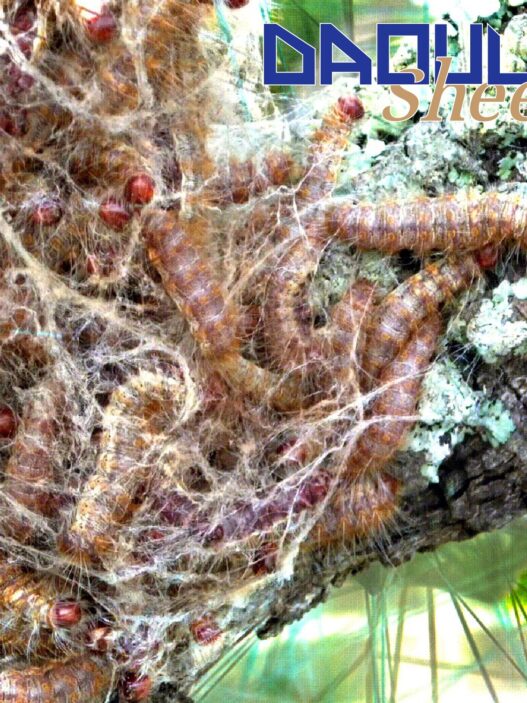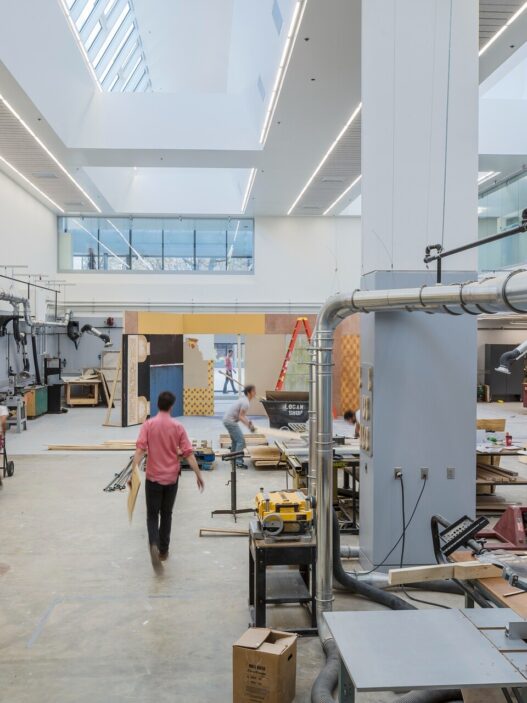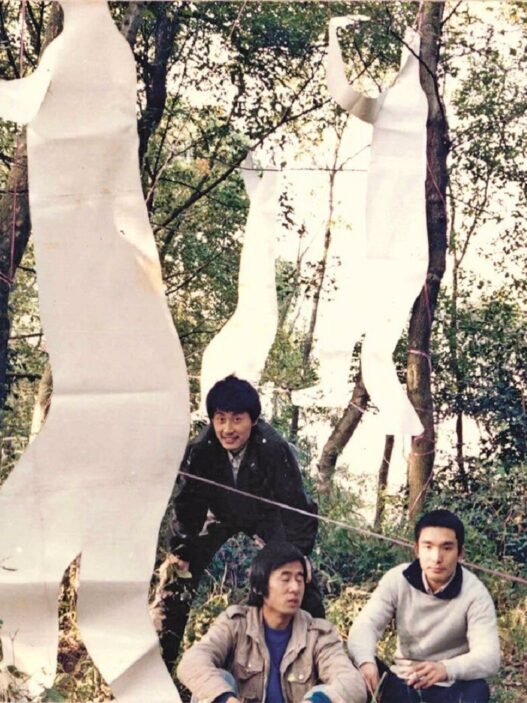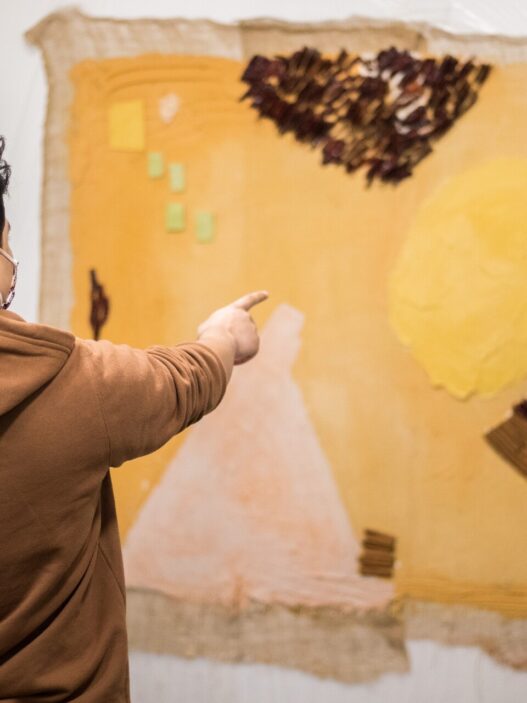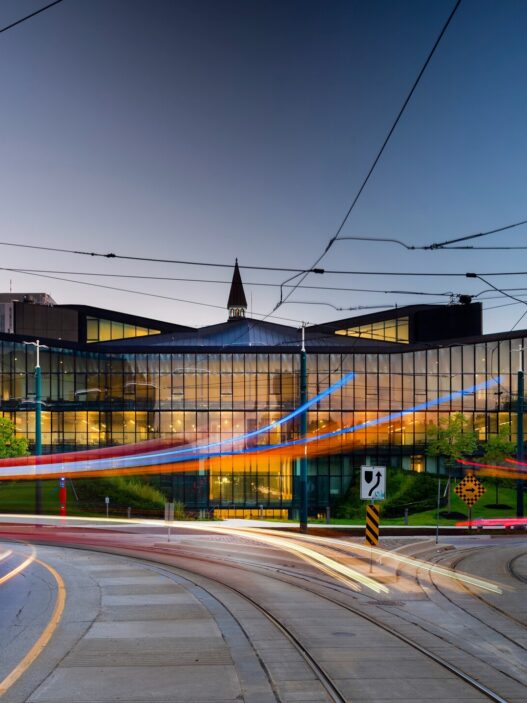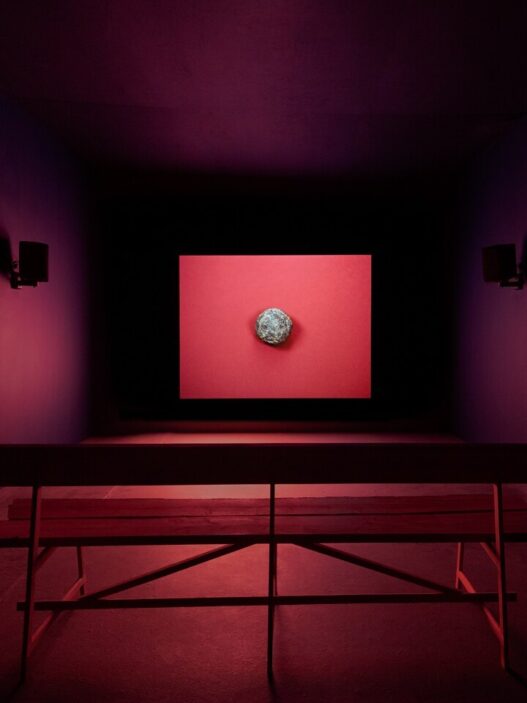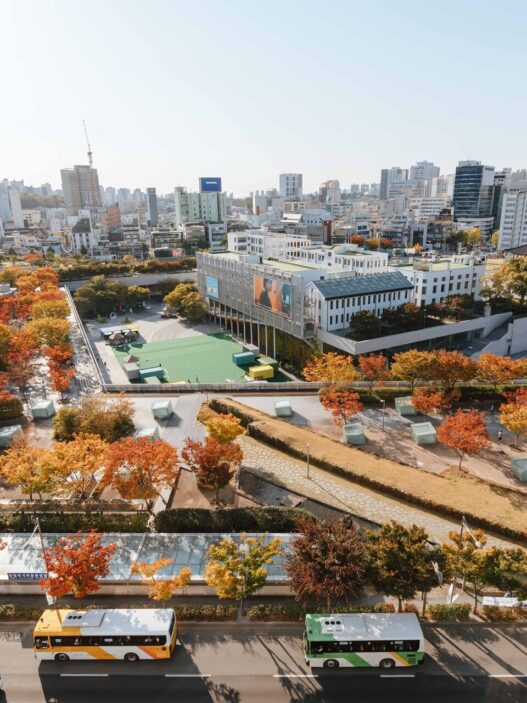November 19, 2022, 2pm
Transart Institute for creative research presents “What Knots Knot Knots”—a creative research symposium.
“What Knots Knot Knots” is an invitation to consider how knotting and unknotting are active activities that construct and shape creative inquiry, revealing interconnections between/with materiality, epistemologies, ecologies, and sociopolitical affinities and tensions. We will consider knots as keepers of memory, locations of interaction and entanglement, and sites for the thickening of attachments towards world-building as we consider Andean khipus (lengths of knotted fiber) as a record keeping device and a form of writing. Participants will investigate Haraway’s entreaty that “it matters…what knots knot knots” through speeches, readings, performance, film, discussion, and sound contributions.
Participating artists:
Zachary Fabri is an interdisciplinary artist who works with lens-based media, linguistic systems, and public space, frequently blurring the lines between studio study and social practice. This context sensitivity frequently results in work that incorporates design, drawing, photography, video, and installation. He has received numerous honors, including the Louis Comfort Tiffany Foundation Award, the Franklin Furnace Fund for Performance Art, a grant from the New York Foundation for the Arts, and the BRIC Colene Brown Art Prize.
Mirene Arsanios is the author of The City Outside the Sentence (Ashkal Alwan, 2015), Notes on Mother Tongues (UDP, 2019), and The Autobiography of a Language (UDP, 2019). She has written essays and short stories for e-flux, Vida, The Brooklyn Rail, LitHub, and Guernica, among other publications.
Coleman Collins is an interdisciplinary artist and writer who investigates how incremental, repeated processes can have far-reaching consequences over time. His work frequently cites migration patterns, technological innovations, and debt and responsibility relationships as means of enactment for these processes.
Jesse Harrod is a visual artist whose work focuses on embodiment, gender, and sexual identity. Harrod’s work, which employs a variety of media and materials, relies on her experiences with 1970s feminist art to create queer fantasies of the body, ranging from the abject and horrific to the hilarious. Her work is essential to a larger collaborative endeavor to redefine the meaning of queer aesthetic form.
The Institute of Queer Ecology (IQECO) is a collaborative organism that seeks to create and actualize a multispecies future that is equitable. IQECO is an adaptive practice concerned with interconnectedness, intimacy, and multispecies relationality. It is based on the theoretical framework of Queer Ecology. We aim to remove dangerously destructive human-centric hierarchies—or even invert them—to look at the crucial relevance of things happening invisibly; underground and out of sight. We are guided by queer and feminist theory and decolonial thinking. Nicolas Baird, an artist, evolutionary scientist, and dancer living in New York City, co-directs the Institute of Queer Ecology. His study focuses on the interactions between bodies and their environments, as well as coevolution, mutability, and multispecies empathy. He is now working on his PhD in evolutionary biology.
SLOWSPIN / Zeerak Ahmed is an interdisciplinary artist. She investigates identity, memory, migration, and longing through sound sculptures, installations, and performance pieces. Ahmed creates fragile sound collages by fusing Eastern Classical traditions with ambient soundscapes and experimental music. She is currently archiving the aural and intellectual histories of South Asian female folk music traditions, creating new visual forms from the poetic and melodic substance of her ancestors’ sound. Her work addresses critical immaterial art by exploring new modes of hearing, composing, and performing the sounding body.
Allison Geremia is an art history professor at the University of Massachusetts and a working jeweler. Allison uses jewelry as a medium to establish and destroy social narratives. Her work investigates how jewelry defines social behaviors, with a special emphasis on the concept of projection and the exchanges that occur between the maker, wearer, observer, and object.
What Knots Knot Knots is curated by Susie Quillinan. She is the Transart Institute for Creative Research’s Head of Masters Studies, as well as a learner and curatorial researcher headquartered in Lima, Peru. She collaborates with artists, curators, researchers, collectives, places, institutions, and other learners to create publications, residencies, encuentros, exhibitions, and study programming. Her present research is focused on group reading and study practices, weaving as methodology, and curatorial ethics of accompaniment.
Final call for MFA/PhD Pre-flight Scholarships deadline: November 15. More info.
The 8th Floor
17 West 17th Street
10011 New York, NY
www.transartinstitute.org
Instagram









![[1] Zachary Fabri, Mourning Stutter, 2017. [2] Rodrigo Valenzuela, Institute of Queer Ecology, 2020. [3] Jesse Harrod, Passing Fancies. transart institute for creative research](https://dailyart.news/wp-content/uploads/2022/11/transart_knot-527x309.gif)
![[1] Zachary Fabri, Mourning Stutter, 2017. [2] Rodrigo Valenzuela, Institute of Queer Ecology, 2020. [3] Jesse Harrod, Passing Fancies. transart institute for creative research](https://dailyart.news/wp-content/uploads/2022/11/transart_knot-1044x612.gif)


